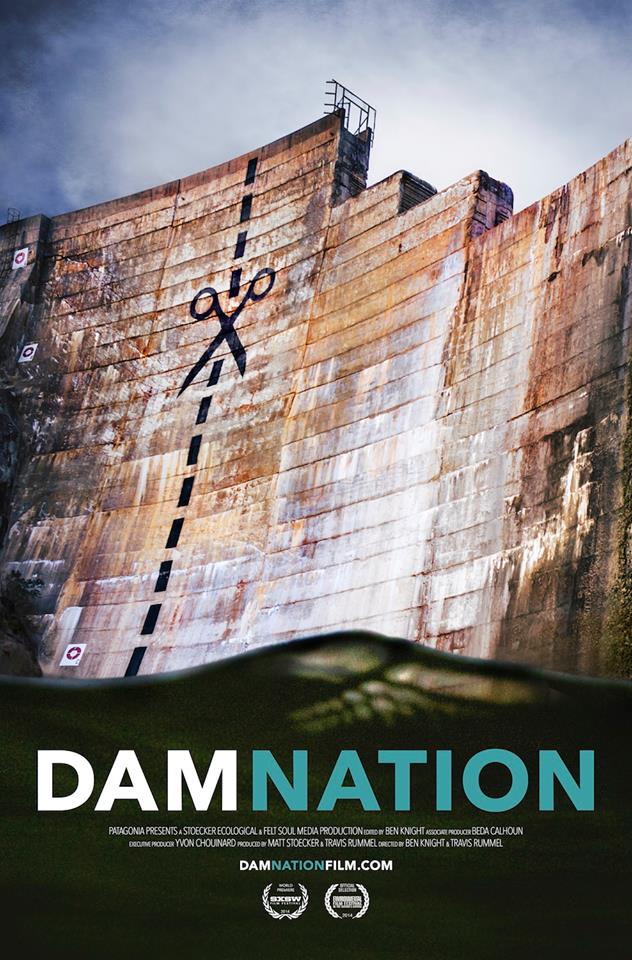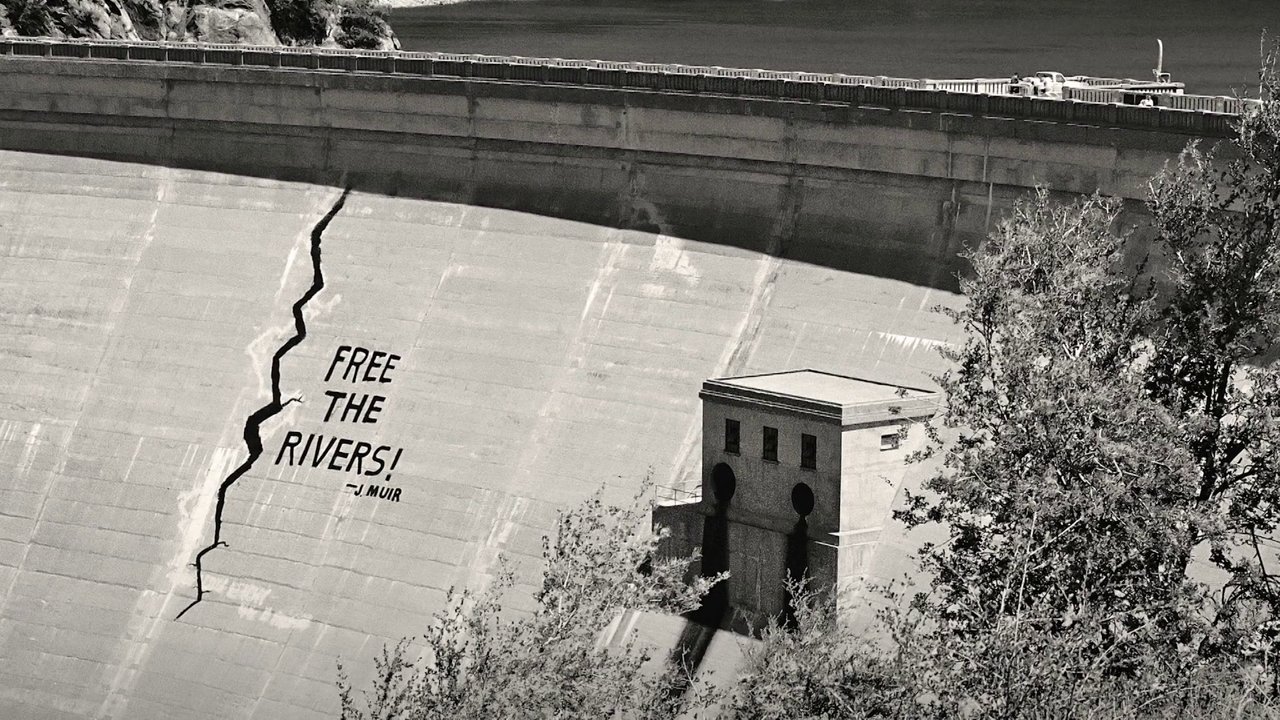It was kind of embarrassing how little I knew about dams when I started working on this film… Dams don’t just blend in as part of the landscape to me anymore. Knowing what I know now, it’s impossible for me to look at dams the same way I did a few years ago or even rivers for that matter.
-Ben Knight, Narrator, DamNation
I remember my own similar “aha moment” vividly – it was 2011 and I had just learned about the five megadam scheme proposed in Chilean Patagonia. This series of dams would have forever altered one of the most precious wild places left on Earth and irreversibly harmed indigenous cultures and communities. While learning about the project and efforts to stop it, I too was shocked by how little I knew about dams, hydropower and rivers. But, similar to Ben’s experience, once I learned about dams and their impacts on rivers and people, I would never look at them the same way again.
While watching the critically acclaimed documentary DamNation, I was able to relive my aha moment and watch many others in the theater experience theirs for the first time.
DamNation is truly a remarkable film full of humor, humility and incredible imagery, sounds and stories. Watching this film, it’s impossible not to feel immensely inspired and hopeful that our dammed rivers will once again run free and that the fish who once called these rivers home will return after decades of being cut off from their migratory patterns.
The dam removal movement in the US is gaining speed. Seeing century-old dams blown up with dynamite and activists painting massive murals on their concrete faces left me feeling empowered and thankful to environmental pioneers such as Edward Abbey, David Brower, Mark DuBois and Mikal Jakubal who have been paving the way for this movement for decades.
“Dams and hydropower represent a pivotal part of US history – there’s no denying that. But just like any resource development in the US, we took it too far,” Ben Knight said in his introduction. Looking back at the thousands of dams that helped power much of the American West, one can’t help but ask, was it worth it? What did we lose?
As the film illustrates, we lost a precious resource – the migratory fish that support the livelihoods of so many throughout the lower 48 states. These species depend on free flowing rivers for their survival. Without them, they can not complete their lifecycle. Quick fix solutions like hatcheries haven’t helped and have in fact brought on new problems of their own.
While the film does not seek to instruct other countries how to develop or use their natural resources, it’s a wake up call. Nations around the world would be remiss not to reconsider what an aggressive dam building scheme will look like 20, 30, 100 years down the line. Dams don’t last forever and as we’ve seen in the US, at some point they must be removed. Most of the time it’s for safety concerns or because the costs of maintaining the dam is greater than the benefits, but also to revive critical species trapped behind their concrete walls. Thus, the cost of removing these massive blockades must be considered when calculating the overall costs and benefits of a dam – unfortunately, they usually are not.
After you watch DamNation, you will be inspired into action. One of my personal takeaways from the film is a quote from legendary dam fighter, Edward Abbey: “Sentiment without action is the ruin of the soul.”
Only when we join together in defense of our rivers will they have a chance to survive. I’m honored to be a small part of the movement and I hope you are, too.
Emily tweets @emilyjovais



